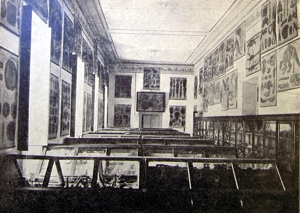
[The interior of the Natural History Museum in 1927]
The Museum of Palaontology and Geology of the National and Kapodistrian University of Athens is housed in the same building as the Department of Geology and Geoenvironment at the University campus.
The history of the Museum starts in 1858 with the donation of the collections of the Natural History Society to the University of Athens. This was the start of the foundation of the Natural History Museum. Already during the first decades of the Museum's history, the institute was split into several smaller, more or less independent sections: the botanical, the mineralogical, the paleontological, the anthropological, and the zoological collections.
The Museum of Paleontology and Geology was founded in 1906, and was housed on the ground floor of a small building at the corner of Academia and Sina Street in the centre of Athens. That building does not exist anymore, and in its place came the garden of the building next door. In 1981 the Museum was moved to the new buildings of the university campus outside Athens, where its housed till today.
[Activities for the development of museums]
[New exhibition]
[Life reconstructions]
[Children and the Museum]
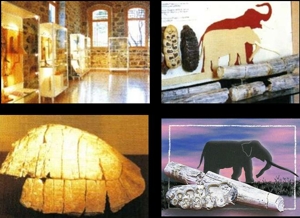
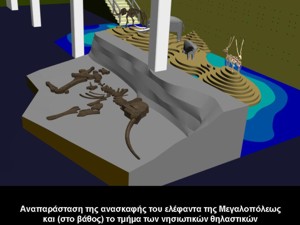
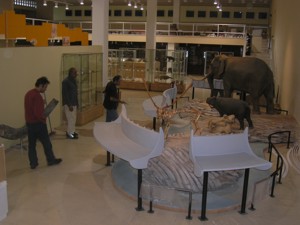
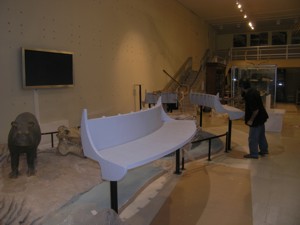
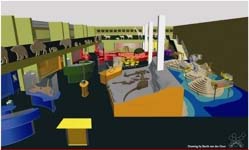
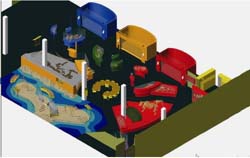
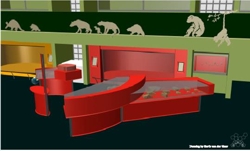
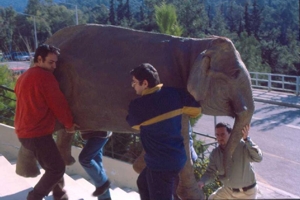
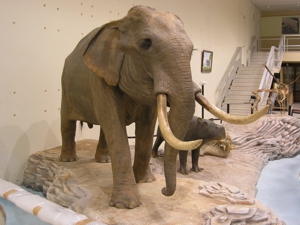
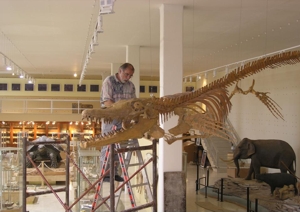
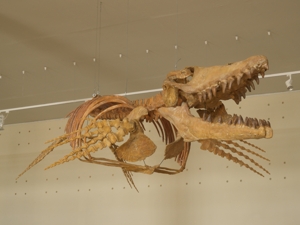
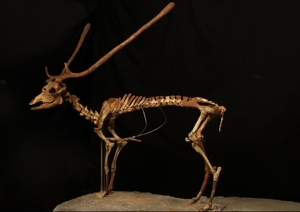 The Cretan deer and the Cretan otter
The Cretan deer and the Cretan otter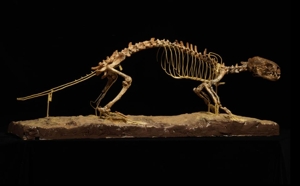
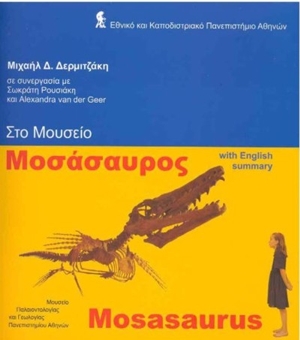
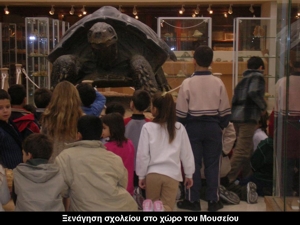
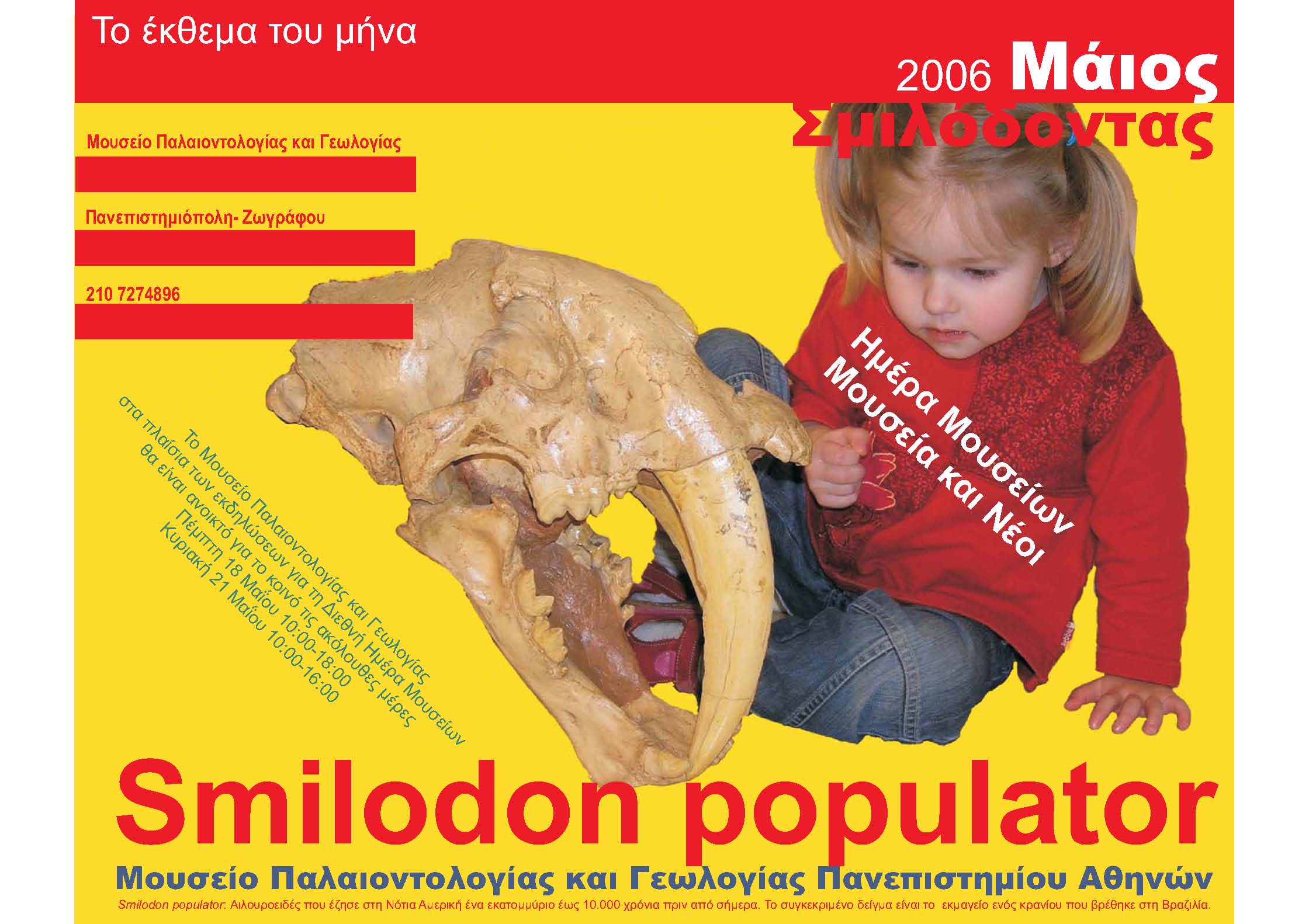 Museum Day 2006: Children and the Museum.
Museum Day 2006: Children and the Museum.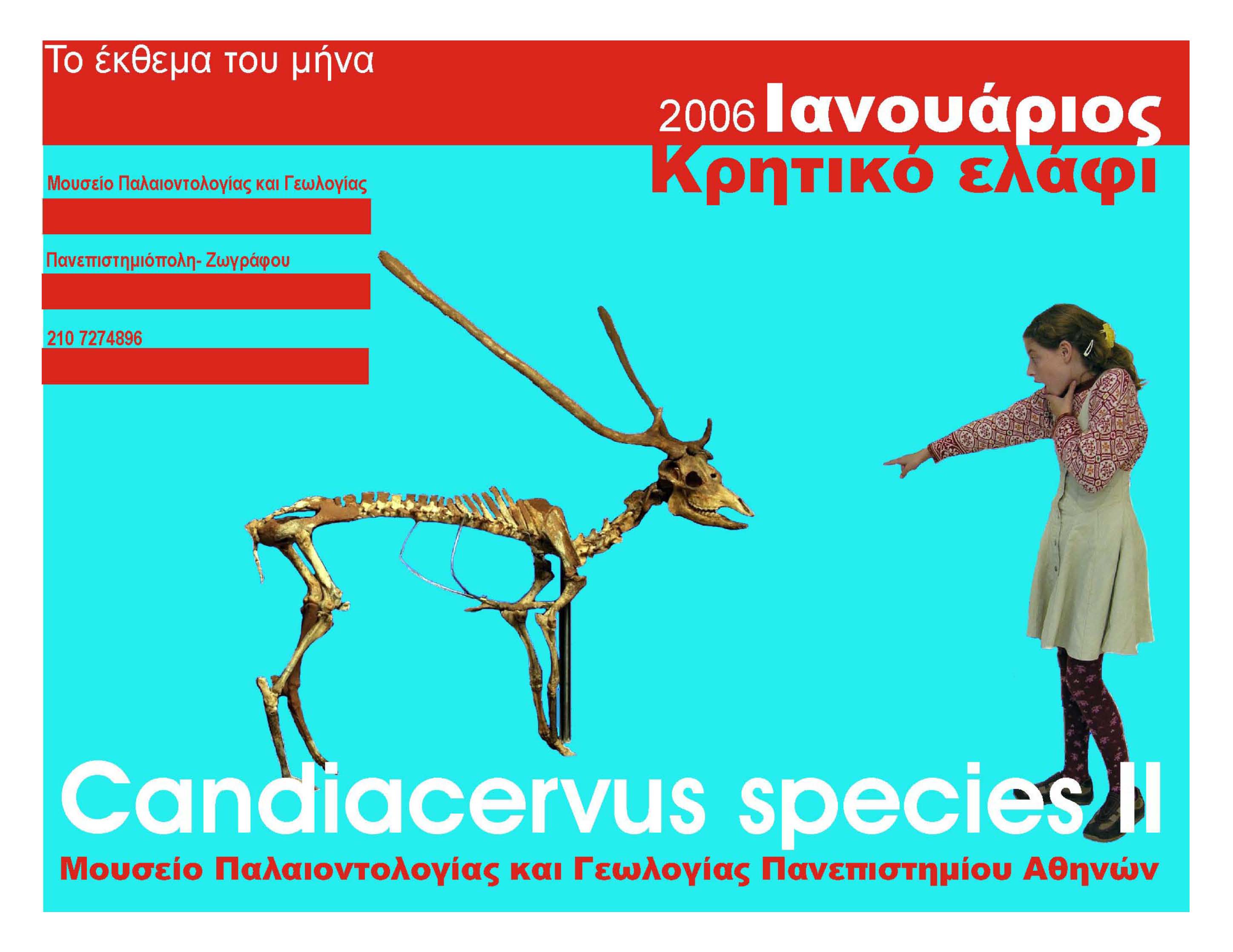 Look, skeletons are not scary at all!
Look, skeletons are not scary at all!